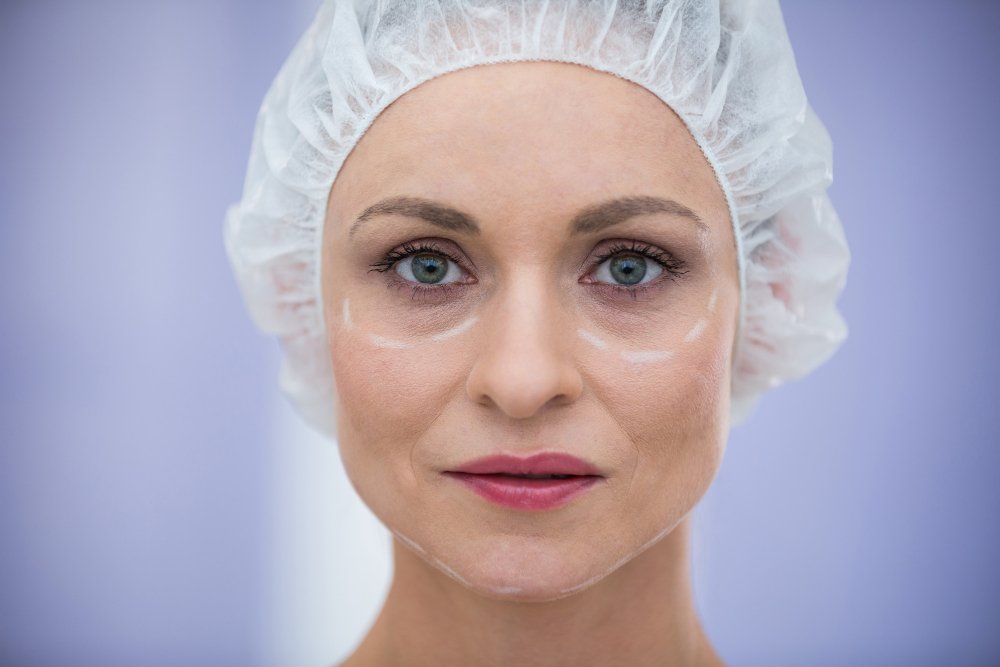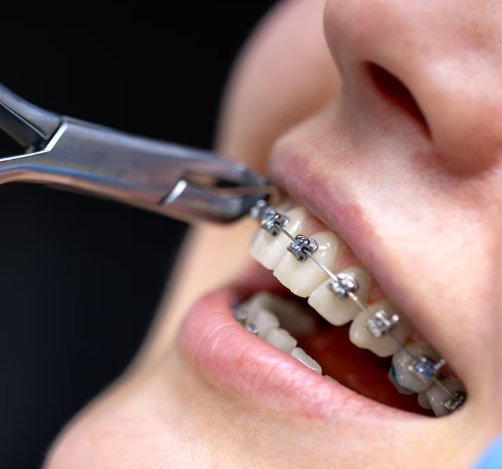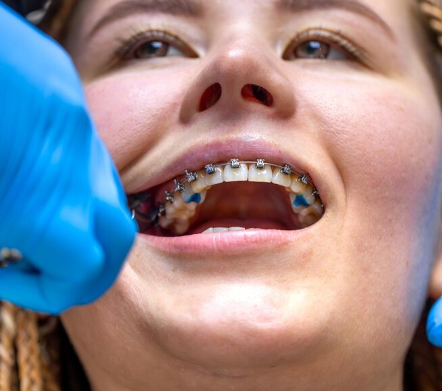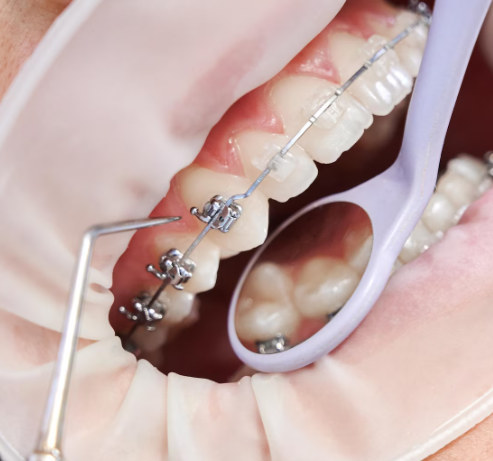Treatment Overview
Blepharoplasty, commonly known as eyelid surgery, is one of the most sought-after cosmetic procedures in Korea. It involves reshaping or repositioning the eyelids to correct sagging, puffiness, drooping skin, and under-eye bags. Depending on the patient’s needs, blepharoplasty can be performed on the upper eyelids, lower eyelids, or both.
Korea has gained international recognition as a global hub for eyelid surgery due to its innovative surgical methods, natural-looking results, and world-class clinics. Korean surgeons emphasize creating results that balance functionality, youthfulness, and aesthetics, making the eyes appear brighter, more defined, and rejuvenated.
Purpose & Benefits
- Removes sagging skin and puffiness from the eyelids
- Improves vision in cases of droopy eyelids obstructing eyesight
- Creates a more youthful, refreshed eye appearance
- Corrects asymmetry and enhances facial balance
- Can make eyes appear larger and more defined
- Boosts self-confidence with natural yet noticeable improvements
Ideal Candidates
- Individuals with sagging or droopy eyelids (ptosis)
- Patients with under-eye bags or puffiness
- Those who have excess skin interfering with vision
- People seeking brighter, more open, and youthful-looking eyes
- Healthy candidates with realistic expectations
Possible Risks & Complications
- Temporary swelling and bruising
- Mild discomfort or tightness around the eyelids
- Dry eyes or watery eyes during the healing phase
- Infection or scarring (rare with skilled surgeons)
- Asymmetry or revision surgery in uncommon cases
Surgical Techniques Used
- Upper Blepharoplasty: Removes excess skin and fat from the upper eyelid for a more open and refreshed appearance.
- Lower Blepharoplasty: Removes or repositions fat under the eyes to reduce puffiness and smooth out under-eye hollows.
- Fat Repositioning Techniques: Instead of removing fat, surgeons redistribute it to maintain natural eyelid volume.
- Scarless/Transconjunctival Approach: An incision is made inside the eyelid to avoid visible scars (commonly used in lower eyelid surgery).
- Combination with Ptosis Correction or Canthoplasty: For patients requiring additional functional or cosmetic improvement.
Recovery & Aftercare
- Swelling and bruising peak within the first few days and subside in 1–2 weeks.
- Stitches (if external incisions are made) are usually removed within 5–7 days.
- Patients can return to work within a week, though strenuous activity should be avoided for 3–4 weeks.
- Cold compresses, eye ointments, and anti-swelling treatments are recommended for smoother recovery.
- Final results become visible within 1–3 months as tissues fully settle.
Results & Longevity
- A more youthful, refreshed, and symmetrical eye appearance
- Enhanced eyelid definition and brighter eyes
- Long-lasting results (typically 7–10 years or more)
- Permanent fat repositioning benefits in lower eyelid procedures
- Natural-looking outcomes tailored to each patient’s facial harmony
Treatment Process in Korea
Korea is considered the global leader in blepharoplasty, offering advanced surgical innovations and high patient satisfaction.
- Customized Design: Korean surgeons carefully evaluate eye shape, facial proportions, and skin elasticity to design a natural look.
- Scarless & Minimally Invasive Methods: Popular techniques include transconjunctival incisions and micro-fat grafting.
- Combination Surgeries: Often combined with ptosis correction, fat repositioning, or canthoplasty for comprehensive results.
- Advanced Technology: Use of high-precision lasers, 3D imaging, and anti-swelling recovery systems.
- International Focus: Clinics in Seoul cater to foreign patients with English-speaking staff, concierge services, and post-surgery care programs.
Cost Range in Korea
Blepharoplasty costs in Korea vary depending on the type of procedure, clinic reputation, and surgeon’s expertise.
- Upper Blepharoplasty: ₩1,500,000 – ₩3,500,000 KRW ($1,200 – $2,700 USD)
- Lower Blepharoplasty: ₩2,500,000 – ₩5,500,000 KRW ($1,900 – $4,300 USD)
- Double Eyelid Surgery (Asian Blepharoplasty): ₩1,500,000 – ₩3,500,000 KRW ($1,200 – $2,700 USD)
- Revision Blepharoplasty: ₩4,500,000 – ₩7,500,000 KRW ($3,500 – $5,800 USD)
- Combined Upper + Lower Blepharoplasty with Fat Repositioning: ₩5,000,000 – ₩9,000,000 KRW ($3,900 – $7,000 USD)
Packages often include consultation, anesthesia, surgery, and aftercare treatments, making Korea one of the most cost-effective destinations compared to the U.S., Japan, or Europe.
Popular Clinics in Korea
- Banobagi Plastic Surgery – Known for natural results and international patient care.
- ID Hospital – Specialized in facial contouring and eyelid surgeries with advanced fat preservation methods.
- Regen Plastic Surgery – Offers revision blepharoplasty and advanced scar-minimizing techniques.
- Dream Medical Group – Popular for lower blepharoplasty and fat repositioning procedures.
- View Plastic Surgery – Highly rated for scarless eyelid techniques and long-term results.
Summary
Blepharoplasty in Korea has become one of the most popular cosmetic surgeries globally due to its natural results, advanced surgical methods, and affordability. Korean clinics are highly specialized, offering tailored approaches such as fat repositioning, ptosis correction, and scarless methods to achieve youthful and harmonious eyes. With its world-class surgeons, cutting-edge technology, and comprehensive aftercare, Korea remains the top destination for patients worldwide seeking safe and effective eyelid surgery.




